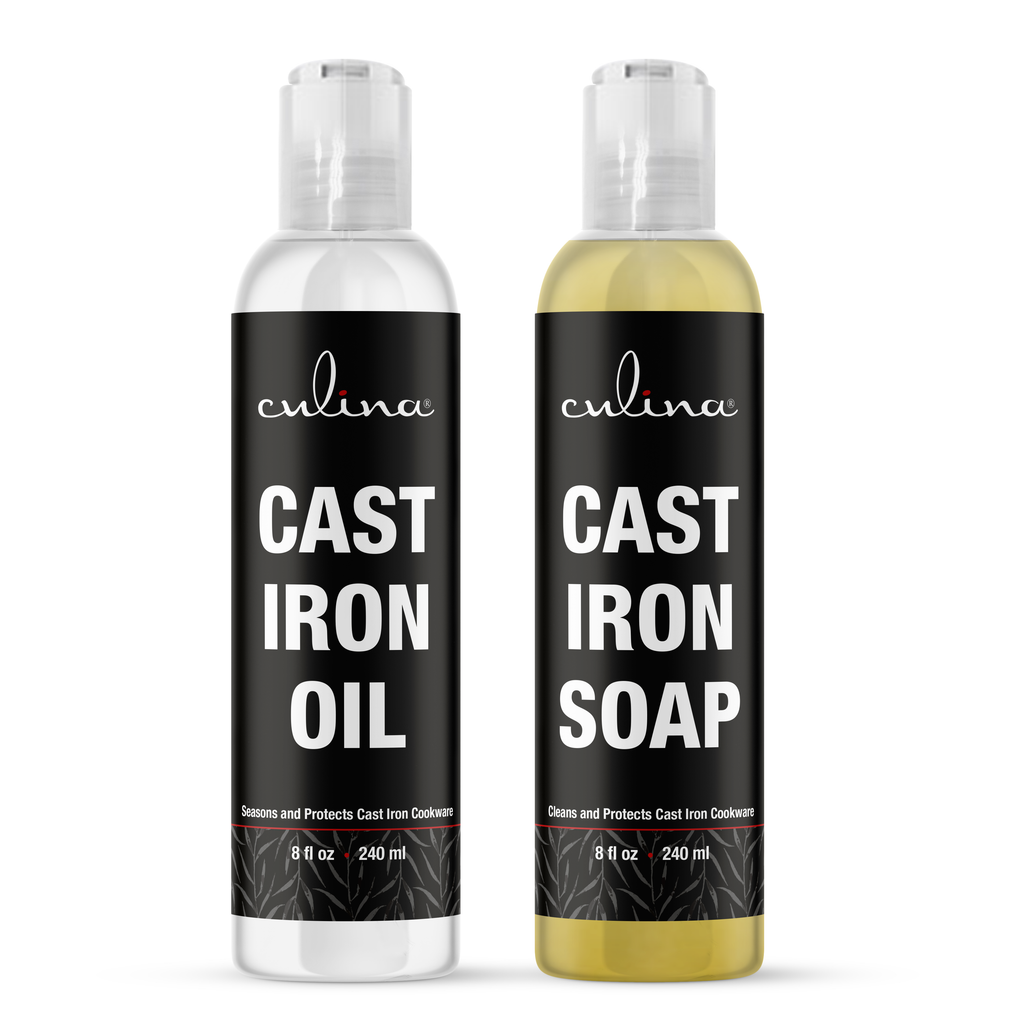How to Clean Up After Mice in Kitchen: A Quick Guide
Finding signs of mice in your kitchen can be alarming, especially for those who prioritize cleanliness and hygiene. Not only do these unwanted guests compromise the aesthetic look of your kitchen, but they can also pose health risks. This guide will offer you practical steps on how to clean up after mice in kitchen, ensuring a safe and sanitary environment for preparing meals.
As a beautician, your workspace should reflect your dedication to cleanliness, not only for aesthetic reasons but also for client safety. Mice can introduce potential allergens and bacteria, making it crucial to handle this situation effectively.

Signs of Mice Infestation
Before we delve into the cleaning process, it's essential to identify the signs of a mouse infestation:
- Mice droppings are small, dark pellets usually found near food sources or nesting areas.
- Nesting materials like shredded paper, fabric, or dried leaves can indicate active nesting.
- Chew marks on food packages or furniture suggest they are gnawing through materials.
- Footprints or grease marks along baseboards or corners can be a clear sign of their presence.

Preparing for Clean-Up
Before you start cleaning, gather your supplies. This ensures a smooth process:
- Baking soda to neutralize odors.
- Vinegar an all-natural disinfectant.
- Gloves and face mask for personal protection.
- Trash bags for disposal of contaminated items.
- Cleaning cloths for scrubbing surfaces.

Cleaning Steps: How to Clean Up After Mice in Kitchen
1. Wear Protective Gear
Before getting started, ensure you put on gloves and a mask. This protects you from potential allergens and germs while cleaning.
2. Remove Contaminated Food Items
Check your pantry and fridge for any food items that might have been contaminated. Unseal packages and throw away any unopened food that shows signs of mice. Seal contaminated packages in trash bags and dispose of them properly.
How to Clean Kitchen Sink3. Disinfect Surfaces
Mix a solution of vinegar and water to disinfect the kitchen surfaces. Wipe down countertops, cabinets, and any area that may have come into contact with mice.
Clean Kitchen Aid Pasta Maker4. Clean Up Droppings and Nesting Materials
Use a damp paper towel or cloth to pick up any droppings, fur, or nesting materials without stirring them up into the air. Dispose of them in a sealed bag.
5. Eliminate Odors
Once the areas are cleaned, sprinkle baking soda in the affected spots to absorb any lingering odors. Let it sit for a few hours, then vacuum it up.
Remove Grease from Cabinets6. Seal Entry Points
After cleaning, check for entry points where mice may have entered your kitchen. Seal gaps and cracks around pipes, vents, and walls to prevent future infestations.
Clean Inside Kitchen Cabinets
Maintaining a Pest-Free Kitchen
Maintaining a pest-free kitchen requires regular cleaning and vigilance. Here are some tips:
- Keep food in airtight containers to deter pests.
- Regularly clean floors and countertops to eliminate crumbs.
- Inspect your pantry regularly for signs of pests.
- Keep garbage tightly sealed and disposed of regularly.
FAQs About Cleaning after Mice
1. How do I safely clean up after mice?
Wear gloves and a mask, use disinfectant, and ensure proper disposal of droppings and contaminated food.
2. Can I use bleach to clean mouse droppings?
Avoid using bleach as it can create harmful vapors. Instead, use natural disinfectants like vinegar.
3. How can I prevent mice from entering my kitchen?
Seal entry points, keep food stored safely, and maintain cleanliness in your kitchen.
For professional guidance on maintaining a commercial kitchen, check out this thorough guide on cleaning a commercial kitchen.
As you delve into cleaning your kitchen after a mouse infestation, remember that maintaining hygiene is an ongoing process. Ensuring your preparation space is spotless not only reflects your professionalism but also guarantees the safety of your clients.
As an Amazon Associate, I earn from qualifying purchases.

